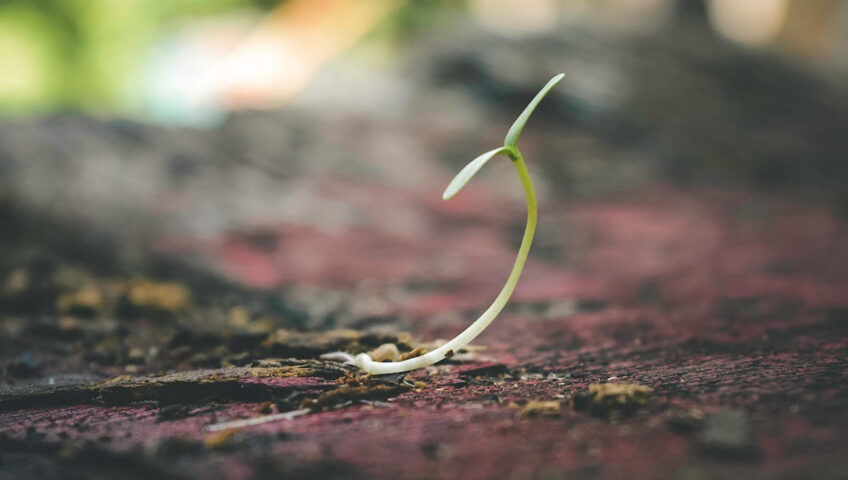Nature’s cycle includes trees that are crucial in ensuring the balance of the ecology. But sometimes trees have to be cut down because of disease, safety, or some landscaping project. When a tree is cut down, one question often arises: If you grind the stump, would a tree return? Let’s dive into the world of tree regeneration and analyze what drives young trees to sprout anew.
The Stump Grinding Process:
After cutting down a tree, stump grinding is one of the prevalent methods used to chop off such stubs. This procedure is carried out by a grinding machine, which transforms the stump into small chips of wood until ground level. Though stump grinding provides speedy removal of the area and prevention of dangerous conditions, it creates concerns over whether or not this tree could grow back again.
Factors Influencing Regrowth:
- Tree Species:
The resilience and regeneration capacity of various tree species is different. Other species have a reputation for sprouting new shoots from the stump, while others might not be able to regenerate. - Age and Health of the Tree:
The initial age and overall health of the tree, before removal are significant. It is easier for a young and healthy tree to regenerate than an old or unhealthy one. - Root System Integrity:
The degree to which the root system of a tree remains operational after grinding determines how well it sprouts new shoots. However, if the roots are injured considerably during grinding, their regrowth may be negatively influenced. - Environmental Conditions:
The probability of regrowth depends on the local climate, soil quality, and surrounding vegetation. Those trees growing in favorable environments with the right soil and proper weather are more likely to grow up.
Regrowth Scenarios:
- Sprouting from Stump:
Certain tree species sprout new outgrowths from the stump itself. According to Stump Grinding Jacksonville experts, these shoots can grow into a new tree after some years and thus will enable the plant’s self-renewal. - Root Suckers:
Sometimes, trees grow root suckers—shoots that form on the roots near surface level. If these suckers are left alone they will grow into new trees. - Seed Germination:
In the case of reproductive trees, resprouting may occur if seeds that can germinate are available in the soil. Seed germination requires favorable environments in terms of proper moisture and temperature to be successful.
Conclusion:
Although the stump grinding procedure is final, several factors influence tree regrowth. Nature’s recovery is clear in the fact that some trees possess the quality to come back and grow well after their cutting down. In combination with the appropriate environmental parameters, knowledge of tree species’ particular traits enables one to determine their chances for regeneration. In the dainty movements of nature, a tale told about a tree does not always finish with its stump being grounded—it may only just be another chapter in that everlasting life.
